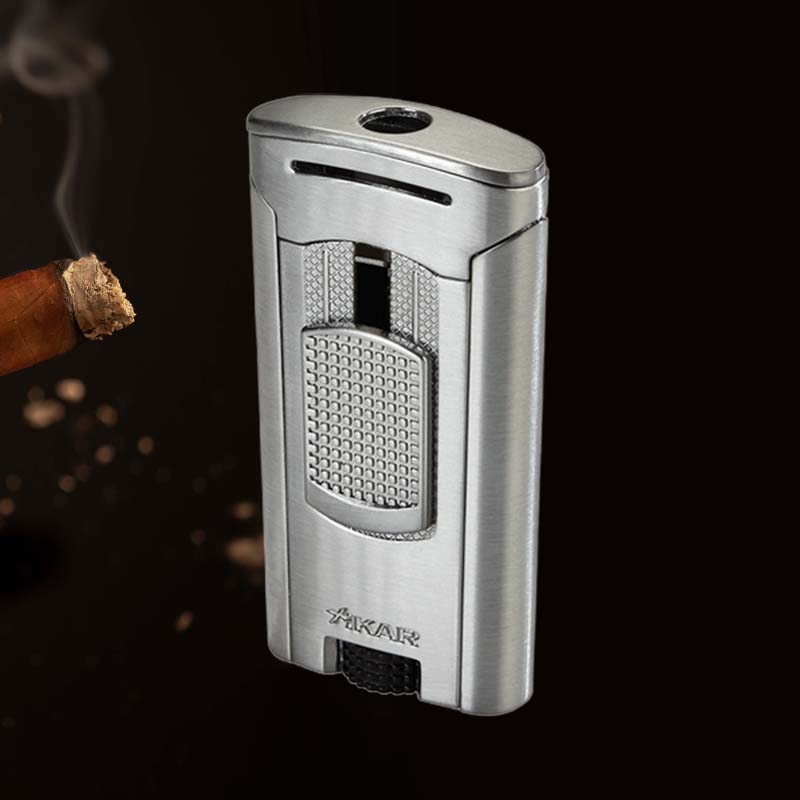How to light a cutting torch
As a hands-on craftsman, my heart races every time I set out to light a cutting torch. It’s not just about making a flame; it’s about creating a powerful tool that unleashes infinite possibilities in metalwork and construction. In this guide, I’ll share how to light a cutting torch, ensuring not only safety but also efficiency. Let’s get started!
Steps to Light a Cutting Torch
1. Give cylinders a once-over
Before I do anything else, I always inspect my gas cylinders thoroughly. I look for signs of any damage, rust, or dents. Ensuring that the cylinders are in good condition is crucial for my safety and the proper lighting of the torch.
2. Check for torch damage
I never skip this step. I examine the cutting torch for any signs of wear or damage. A damaged torch can lead to dangerous leaks or operational failures, so I make it a point to confirm everything is intact.
3. Install reverse flow check valves or flashback arrestors
To protect myself, I ensure that I have reverse flow check valves or flashback arrestors installed. This prevents gases from flowing back into the cylinder, which could potentially lead to catastrophic failures.
4. Confirm the work area is well ventilated
I always choose a well-ventilated area to work in. If I’m in a workshop or outside, I make sure fresh air circulates freely—a crucial factor for safe cutting.
5. Slowly open the oxygen cylinder to blow out any debris
Before connecting the torch, I slowly crack open the oxygen cylinder to blow out any debris. This minor step prevents contaminants from getting into my setup, ensuring smooth operation.
6. Attach and tighten the regulators to the cylinders
Securely attaching the regulators to the cylinders is vital. I make sure to tighten them properly without forcing them, as this ensures a safe and firm connection.
7. Install the hoses
Next, I carefully attach the hoses to the regulators. I make sure to connect oxygen to oxygen and acetylene to acetylene, ensuring I follow the correct color codes to prevent mixing up the gases.
8. Pressurize the system
With everything connected, I start to pressurize the system by slowly opening the gas valves. This is where I feel the anticipation of the flame about to ignite.
9. Leak test all connections
Using a soapy water solution, I check all connections for leaks. Bubbles indicate an escape of gas, and I will always troubleshoot any issues before proceeding.
10. Adjust the regulators for the tip being used
Now, I adjust the regulators based on the cutting tip size I’m using. Each tip works best at certain pressures, and this adjustment helps achieve a consistent flame.
11. Lighting the flame
Finally, it’s time to light the torch! I turn on the acetylene a quarter turn and light it with a flint striker, adjusting the flame until it becomes a steady, controllable torch. There’s an electrifying feeling witnessing that blue flame ignite.
Expert Q&A
During my journey in mastering the cutting torch, I’ve gathered invaluable insights and tips that I’d love to share in this section.
Video Tutorials
For those who are visual learners like me, I recommend checking out some online video tutorials showcasing the entire process of lighting a cutting torch. Seeing the steps in action can make a world of difference.
Safety Tips
Safety is paramount! Here are a few tips to keep in mind: always wear appropriate protective gear, including gloves and goggles. Never work without proper ventilation, and read your equipment instructions thoroughly.
Adjusting the Torch Settings
Adjusting the settings correctly can drastically improve your cutting precision. Play with oxygen and acetylene adjustments to see what delivers optimal performance based on your material.
Using the Torch Effectively
I’ve learned that holding the torch at the right angle and distance from the material leads to efficient cutting. Practice makes perfect, so don’t hesitate to experiment with different materials.
Common Mistakes to Avoid
Some common mistakes I’ve seen include not checking for leaks, lighting without adjusting, and neglecting ventilation. Taking the time to prepare can save you a lot of headache and ensure safety.
Frequently Asked Questions
How do you start a cutting torch?
I start a cutting torch by first ensuring all connections are tight and secure, opening the acetylene valve slightly, and igniting it with a striker, while then adjusting oxygen for the desired flame.
How to properly light a cutting torch?
To light a cutting torch properly, begin by following all safety precautions, ensure connections are leak-free, and light the acetylene before carefully adding oxygen for control.
Do you light oxygen or acetylene first?
I always light acetylene first when using a cutting torch. Lighting acetylene creates an initial flame, and then I adjust the oxygen to achieve the perfect cutting flame.
How to set the flame on a cutting torch?
Setting the flame involves adjusting the acetylene and oxygen banks using the regulators until I reach a neutral flame that shows a defined inner cone without any yellow tips.
Final Checks Before Use
Just before commencing work, I double-check all my connections and ensure my workspace is free of flammable materials. Everyone deserves to work safely and effectively!
Reader Success Stories
Many readers have shared stories about how mastering the art of lighting a cutting torch has opened new opportunities in their projects, from intricate metal art pieces to precise repairs. Each experience resonates deeply!
Resources for Further Learning
If you’re eager to deepen your understanding, I suggest exploring welding and metalworking forums online, or enrolling in local workshops where you can practice with guidance.
Did This Article Help You?
If this article has helped you feel more confident about lighting a cutting torch, I’d love to hear your feedback! Your success stories fuel my passion to share more knowledge.













